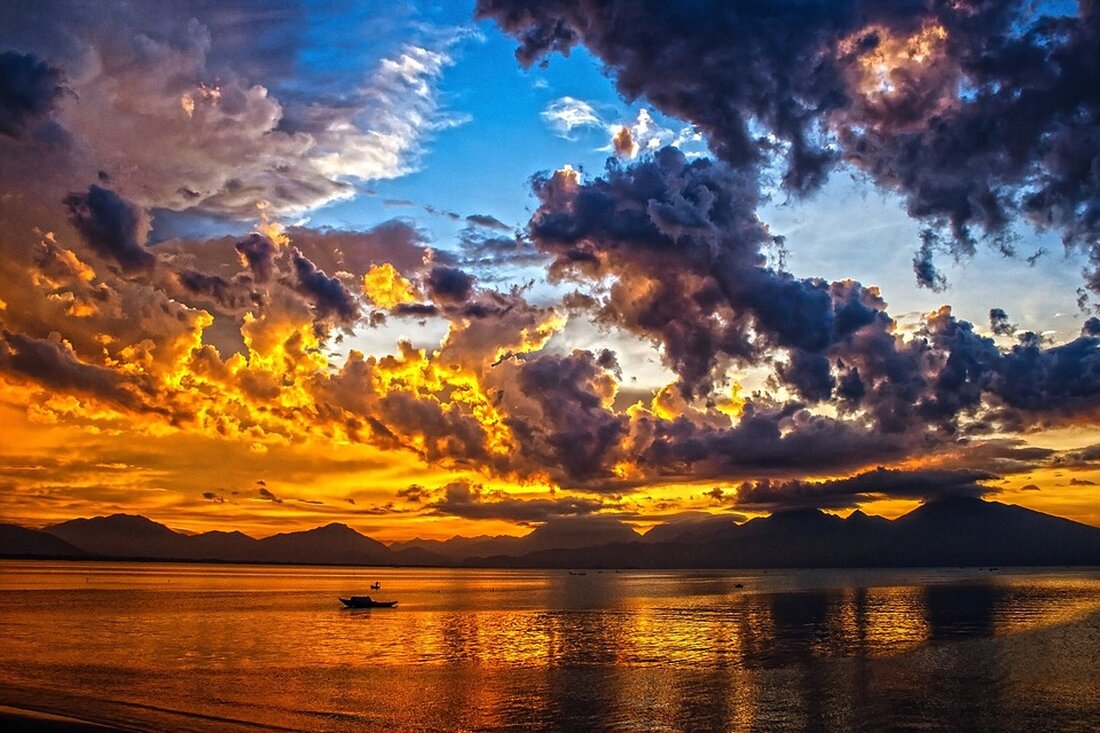Water harvest: exciting method in the fight against drought
Water harvest: exciting method in the fight against drought
water “harvest”: exciting method in the fight against drought
Many regions of the world fight with drought. Some imitators now have a creative solution from Chile. How it works.
chile is characterized by geographical and climatic extremes. The South American country between the Andes and the Pacific is an average of 200 kilometers wide, but over 4200 kilometers long and has always been very dry. And climate change increases the drought visibly. This does not change the fact that it was raining for days in Chilean late autumn a few weeks ago.
rivers stepped over the shores, trees fell over, slopped down, thousands of people temporarily became homeless. But Chile especially knows the other side. Dryness and shortage of water are growing problems. In 2021 and last year, the precipitation deficit was more than 80 percent, at the same time the Atacam desert continues to expand south in the north of the country. Creative solutions to climate change and devastation are required.
Especially there, on the southern edge of the Atacama desert, climate experts already implemented a system of unusual water extraction in 2006. It could be called the "harvesting" of fog. The Foundation "Un Alto en El Desierto" - translated, for example: a break in the desert - supports municipalities in adapting to climate change and has created a kind of water oasis in the village of Peña Blanca, around 500 kilometers north of the capital.
The procedure is to "absorb" the fog coming from the Pacific Ocean and driven by the wind with the help of vertically attached plastic nets until it condenses into water drops. These are led into a catch basin via channels and pipes. With the 16 plastic networks - nine square meters in size - around 560,000 liters of water can be collected annually in the local ecoses protection area Cerro Grande.
"With this average we are one of the most important fog oases in Latin America," says Nicolás Schneider Errázuriz, founder of "Un Alto en el desiero". Around 1500 liters of water can be collected every day by fog catchers in the size of 252 square meters. The fog catcher system invented by the Chilean scientist Carlos Espinoza in the middle of the last century is now used in more than a dozen countries - including Peru, Spain and Israel.
With the water that has accumulated in the 100 -hectare protected area, native trees such as Quillay, Peumo and Guayacán have been reforested. Especially in critical drought time, the cattle breeders use the water to soak their animals. A local craft beer is even brewed with the water, the so-called "Atrapaniebla beer", the fog catcher beer.
The new challenge, according to Nicolás Schneider Errázuriz, is to fill the collected water into bottles. This should then be sold like the beer. "It would be ideal because today almost all households use filled water". The water from the fog extraction would be ozone -filtered and therefore more compatible than the water cleaned with chlorine.
In addition to the ecological benefit, the fog catcher system also opens up economic opportunities and better life perspectives for local people. And it ensures harvesting, enables cattle breeding, reduces the rural exodus and thus prevents aging and extinction of the villages. "In addition to collecting the fog, we also recycled the rotting water from sinks, showers and washing machines in private houses and schools," explains Natalia Rebolledo, director of the "Un Alto en el desiero". "Our goal is to be a kind of green barrier to stop the penetration of the desert in Chile". In general, however, it is also about "alleviating ecological footprint and adapting to the challenges of climate change".


Kommentare (0)